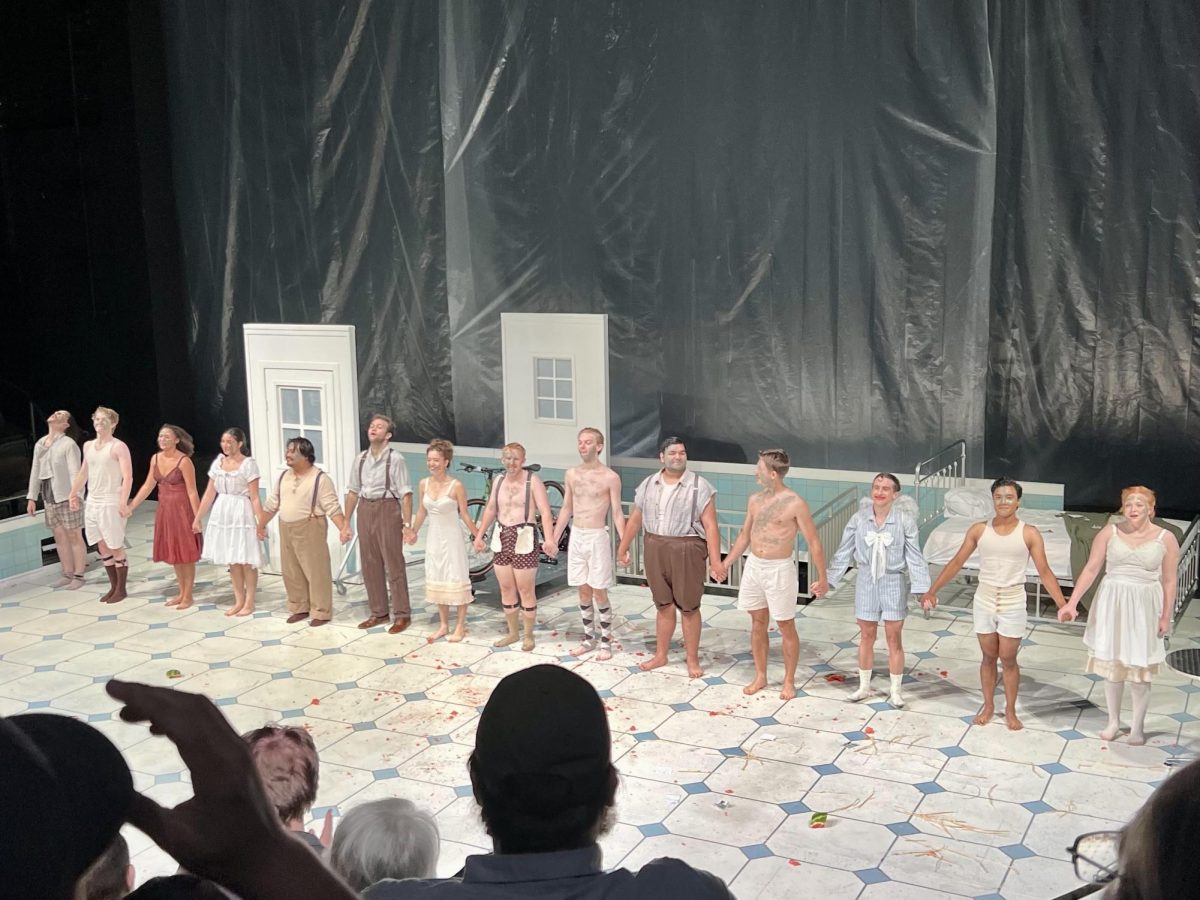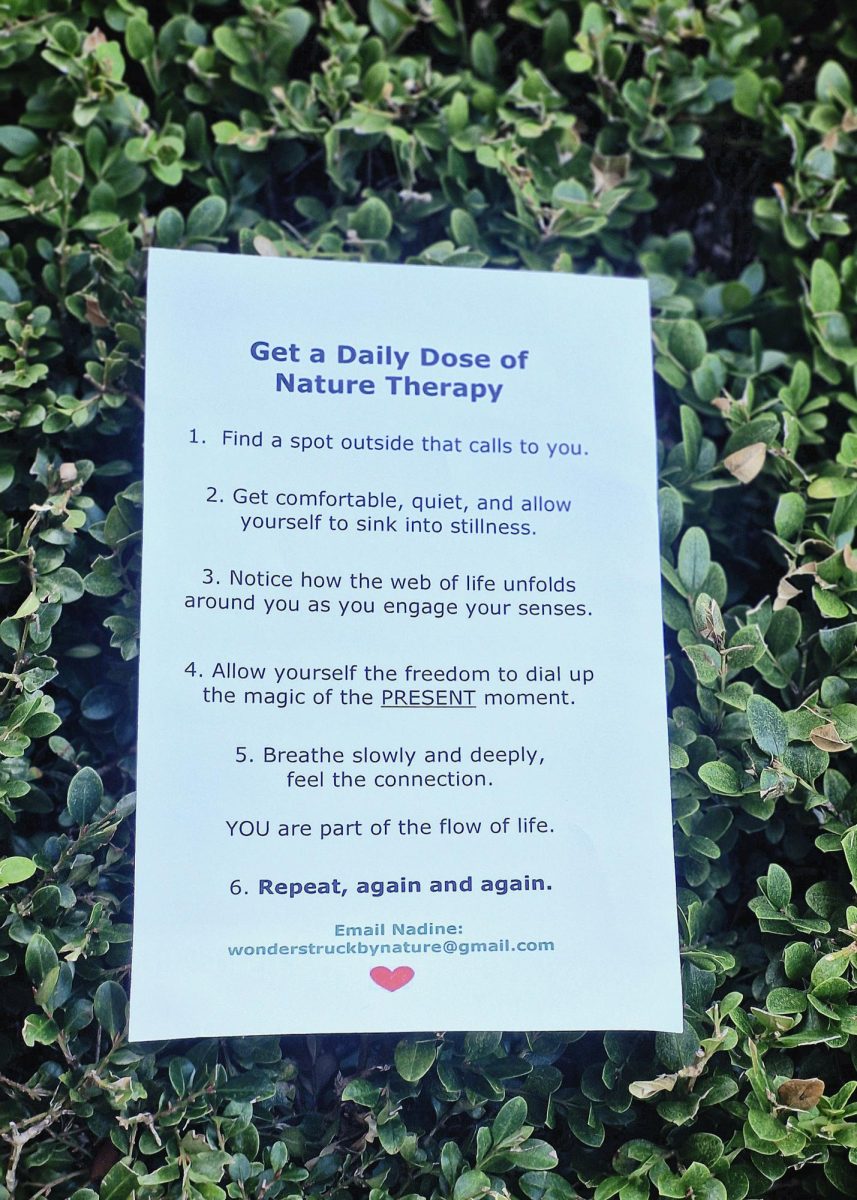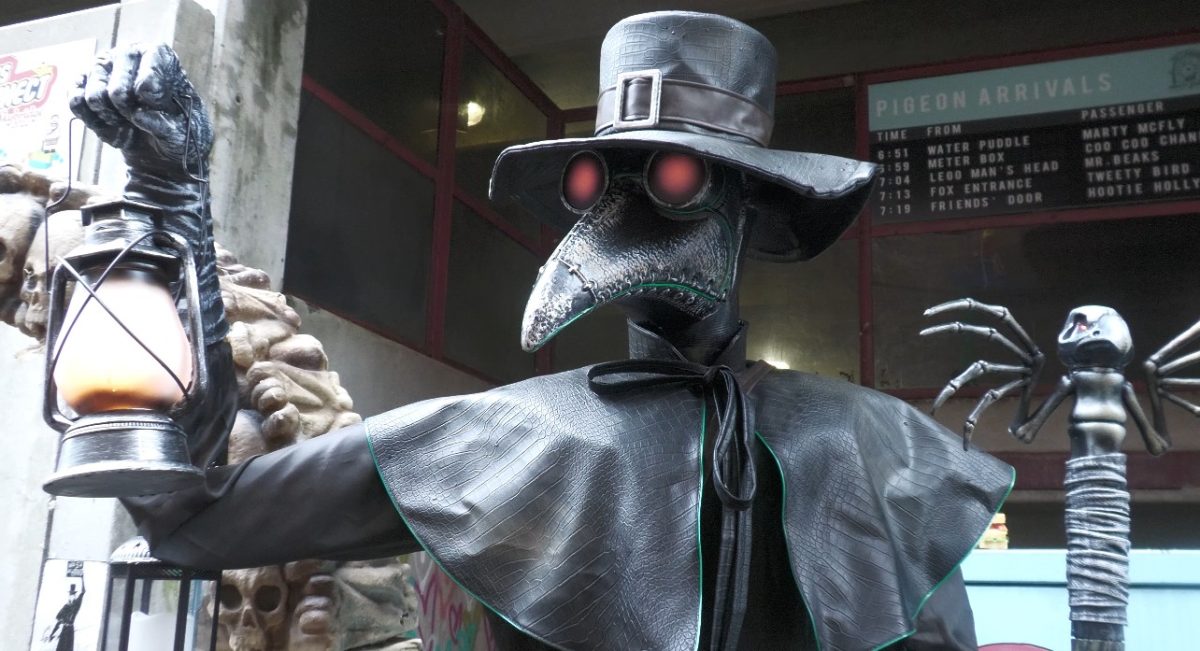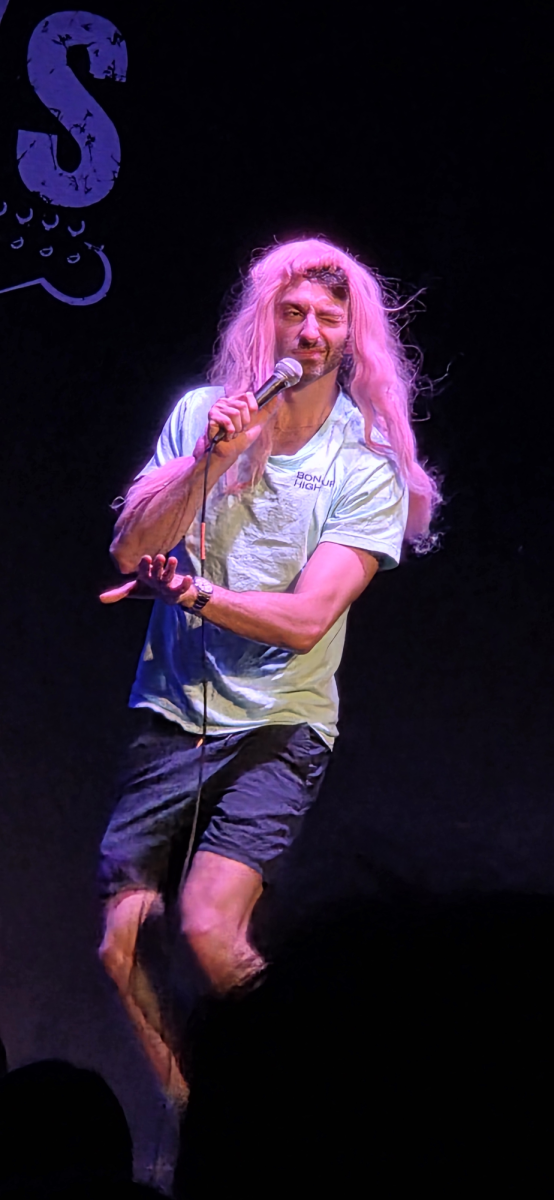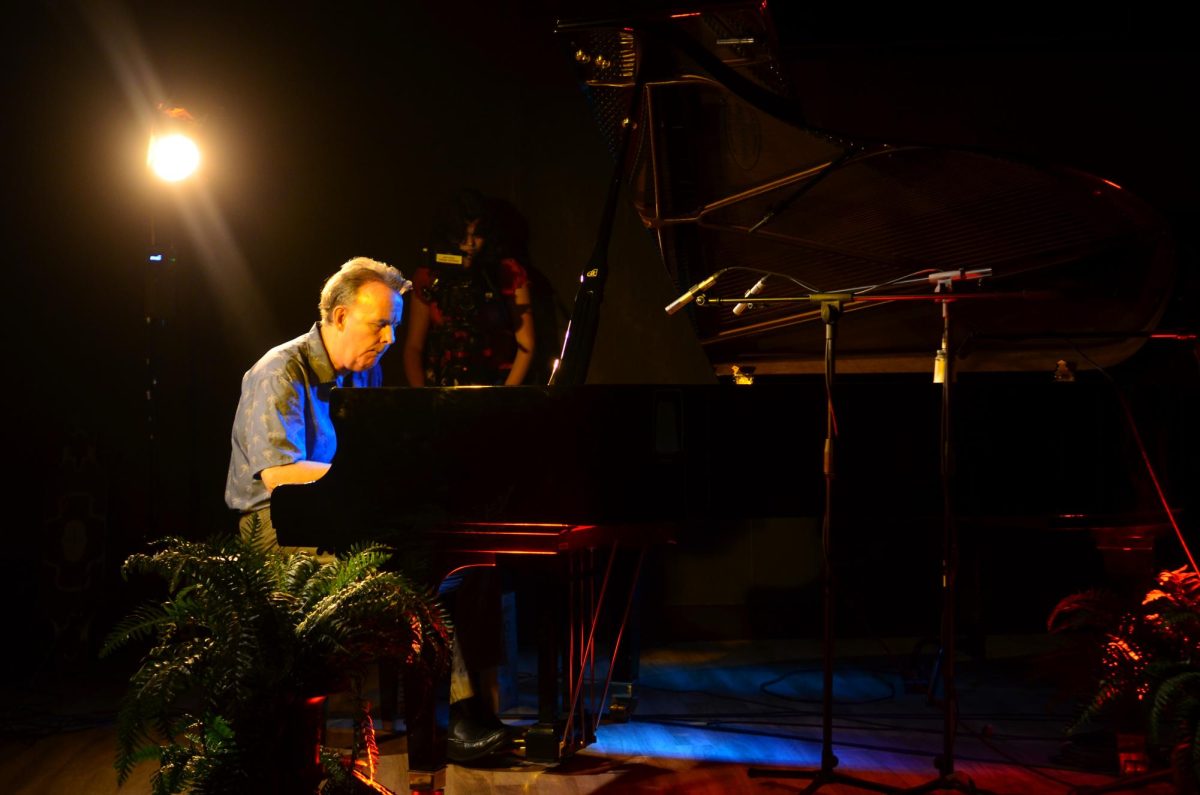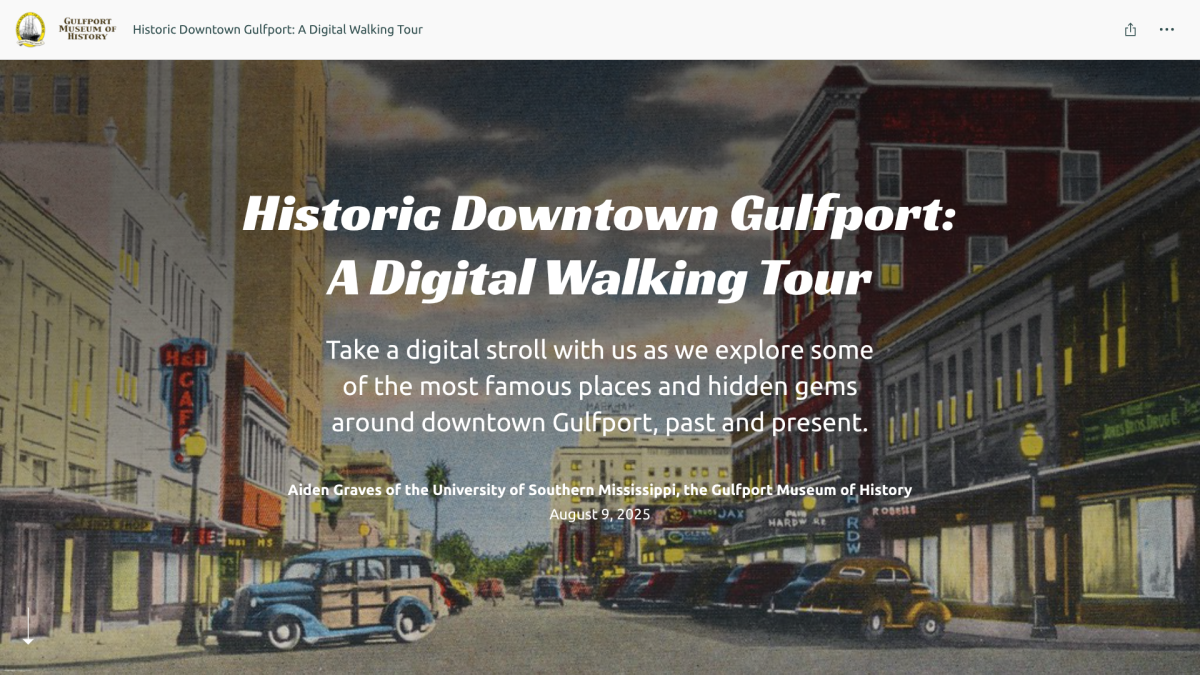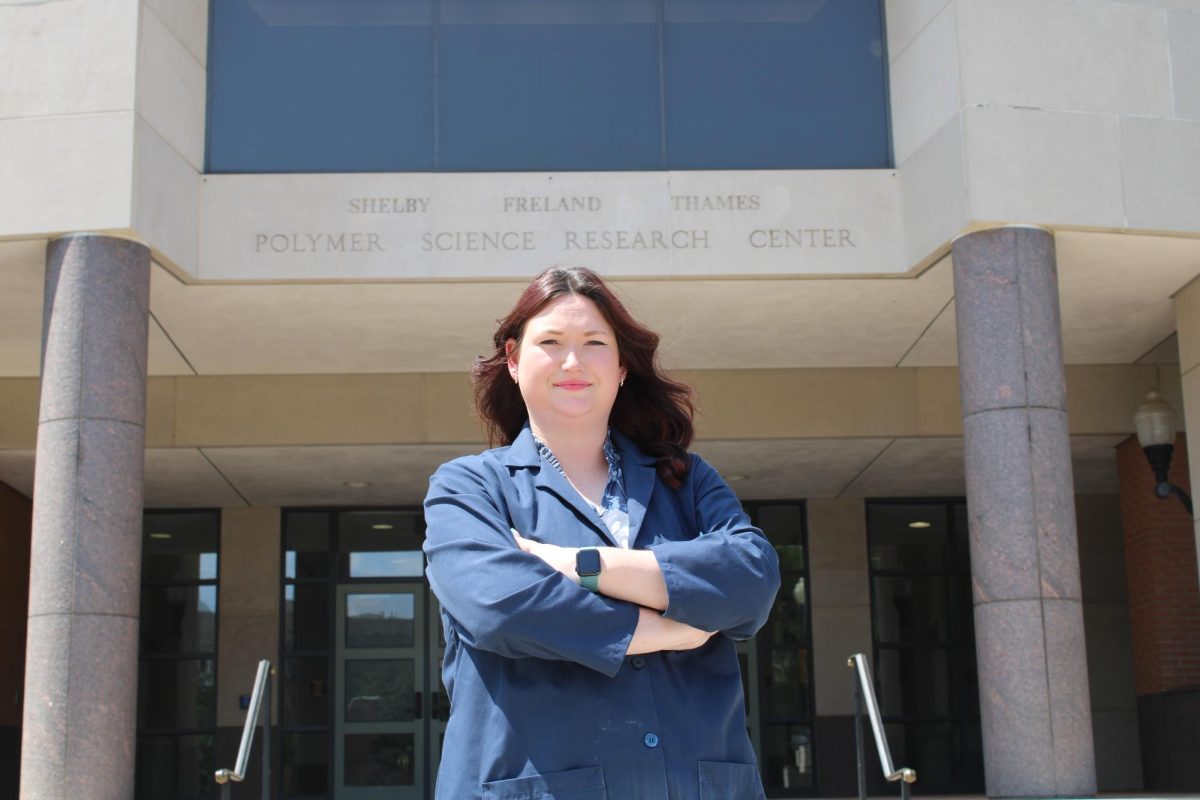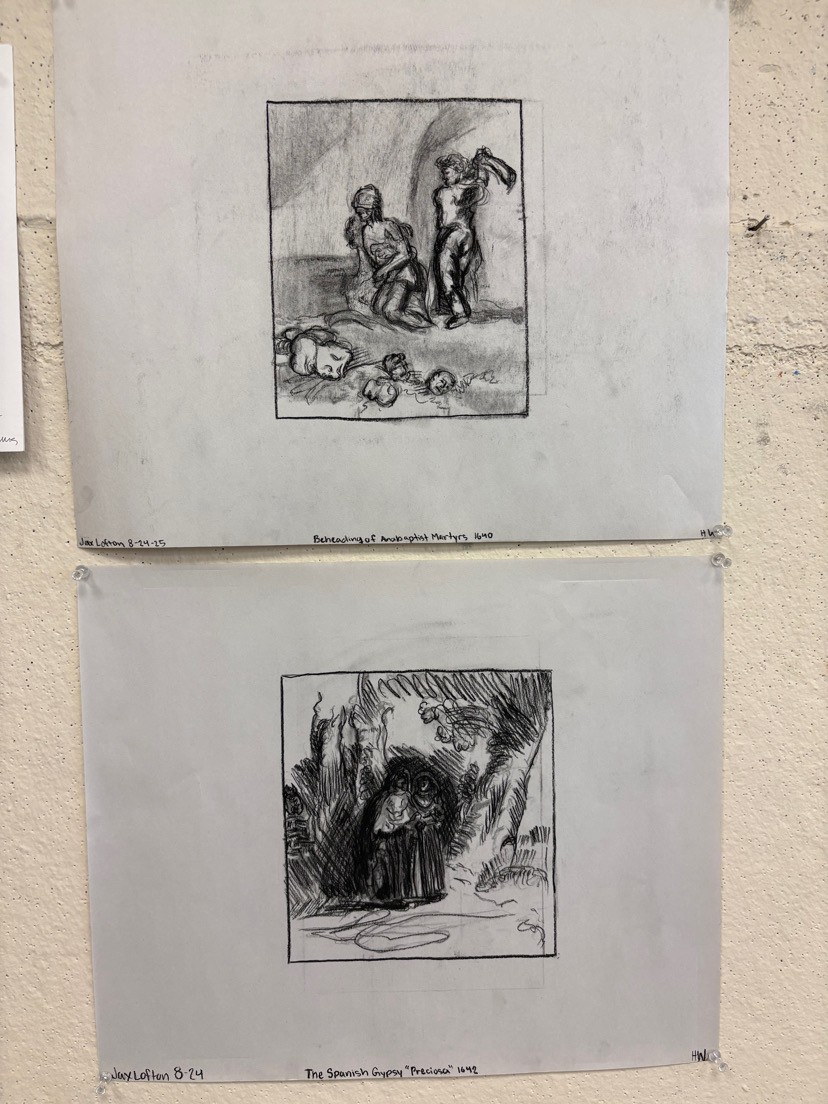This month, the Hattiesburg Pocket Museum opened a new exhibit titled “A Pocket Full of Posey: Plague Doctors and Peculiar Cures,” featuring historical medicinal practices used in Europe more than 400 years ago to treat the plague.
Unlike a traditional museum housed in a building, the Pocket Museum is located in an alleyway and features small displays and trinkets for visitors to explore. The October exhibit highlights historical medical methods and artifacts with a seasonal theme.
In addition to the well-known plague doctor mask, the exhibit showcases lesser-known treatments such as bloodletting, vinegar baths, leech therapy, toad amulets and powdered emeralds. The artifacts on display were donated by collector Marty Overstreet, who gathered the relics over the past two decades.
A sign next to the display reads: “Bird Beaks, Bad Air and Bizarre Cures: Medicine's Creepiest Costume Party. In the 1600s, they stalked plague-ridden streets – towering in the black waxed cloaks, glass-eyed masks, and long, birdlike beaks stuffed with lavender, rosemary, and anything to hide the stench of rotting bodies. Armed with canes to poke the living (and maybe flip the dead), they offered ‘cures’ that ranged from questionable to downright revolting. These doctors weren’t fighting bacteria – they didn't know it existed. They were battling ‘bad air,’ foul smells, and their own fear of the plague. Heroes, hustlers, or just men in weird bird cosplay… that’s for you to decide. Just remember the old rhyme: a pocket full of posey won’t save you – ashes, ashes, we all fall down.”
“I think it’s really cute,” said Hattiesburg resident Audrey Olier. “I love it out here. I love the Halloween decorations. It's so fun and creative it just makes me happy and the little exchanges are just awesome. I love history and I love Halloween so it’s just perfect.”
It was Olier’s first time visiting the Pocket Museum. She said the exhibit has encouraged her to return, adding that it is a unique place to visit in Hattiesburg.
The display includes skeletons in costumes and other decorations with a macabre twist. While some of the imagery may be unsettling, the exhibit offers an educational look at how people once attempted to combat disease centuries ago.

